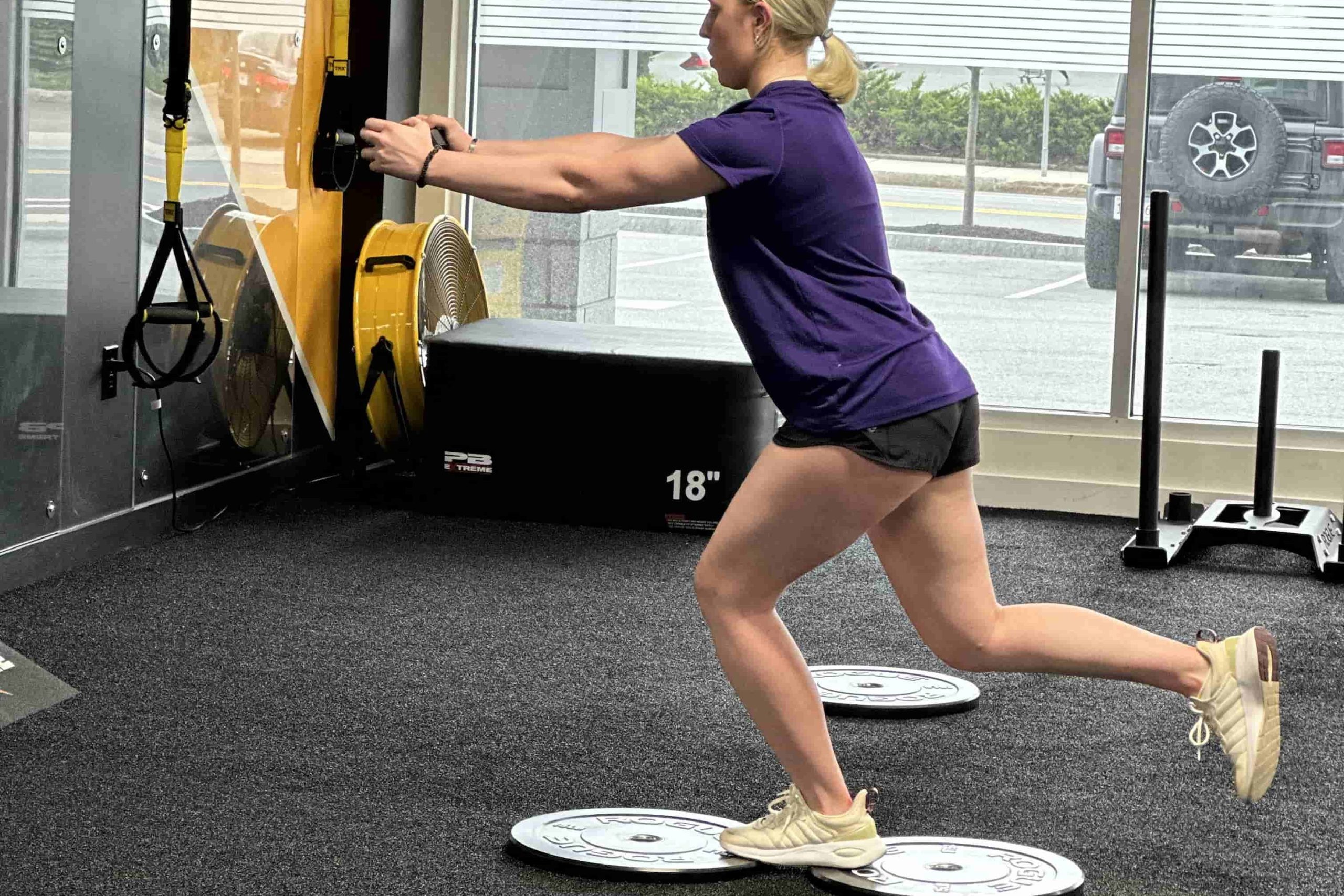Boost Your Poise with Balance Training in Nahant
- Engages deep core muscles for steadier movement
- Minimizes slips and near-falls through targeted drills
- Helps align posture and gait
- Encourages smoother daily activities and sports play
- Fosters confidence in your body’s control

What Is Balance Training
and Why Invest Time in It?
Balance training helps refine the link between your muscles and nervous system, allowing you to maintain better control in your movements. Here in Nahant, it’s especially useful for anyone wanting to prevent falls or speed recovery from lower-limb injuries.
By deliberately unsettling your center of gravity with carefully guided exercises, you engage key stabilizer muscles across the legs, hips, and core. This approach boosts agility and lessens the chance of unforeseen slips.
Whether it’s navigating a staircase or perfecting your game on the field, improved balance can make a profound difference in day-to-day movement around Nahant.
Balance drills can be scaled to any fitness level, utilizing tools like foam pads, balance boards, or just bodyweight. In rehab settings, this strategy ensures a safe yet effective return to normal function by sharpening muscle coordination.
From older adults striving to stay independent to athletes seeking an edge, balance training remains an invaluable resource for safer, stronger movement.

In The Zone
Balance Training Can Aid the Following:
ACL or Knee Issues
Post-injury, balance sessions support the knee joint, refining neuromuscular signals and reducing re-injury risks.
Achilles Tears
Focused foot drills and proprioceptive exercises reinforce lower-leg stability, expediting the healing process.
Ankle Sprain
Reintroducing controlled instability exercises helps ankle muscles adapt to uneven footing and avoid rolling.
Fractures (once healed)
Balance routines reacquaint your limbs with full weight-bearing, restoring confidence in daily steps.
Concussion
Balance work helps recalibrate motor pathways impacted by head injuries, minimizing dizziness or unsteadiness.
Joint Replacement (hip/knee)
Stability drills reinforce coordination post-surgery, helping you safely transition back to everyday motion.
Joint Sprains (ankle, back, knee)
Targeted balance drills stabilize weakened areas, encouraging a faster recovery and smoother transition to routine tasks.
Labral Tears (hip)
Working on balance enhances hip alignment and guards against strain on the injured labrum.
Meniscus Challenges
Targeted routines minimize uneven stress on the knee, reducing aggravation and promoting healthier movement patterns.
Plantar Fasciitis
Reinforcing foot and ankle stabilizers helps alleviate tension on the fascia, fostering relief over time.
Severs Disease
Teaching balanced foot placement aids adolescents enduring heel pain and supports better foot mechanics.
Common Questions About Balance Training in Nahant
1. How often should I incorporate balance training?
Most find 2-3 sessions weekly beneficial, though personal recovery needs or fitness goals might alter the schedule.
2. Is it a fit for older adults in Nahant?
Yes, absolutely. It can be adapted for seniors to significantly cut down on falls and ensure safer movement.
3. Do I need specialized equipment?
Not necessarily. While balance boards and pads can ramp up difficulty, many effective exercises simply use bodyweight.
4. Can it enhance my sports performance?
Absolutely. Better balance sharpens your footwork, agility, and power output, which can make a big difference in competition.
5. When will I see changes?
Many individuals feel a difference in coordination and steadiness within a few weeks, contingent on consistency.
6. Does it guard against future injuries?
Yes. By reinforcing stabilizer muscles and reaction times, balance training lowers your susceptibility to sudden falls.
7. Can I combine balance training with other workouts?
Absolutely. Integrating balance exercises with strength and cardio yields a broader range of fitness benefits.














